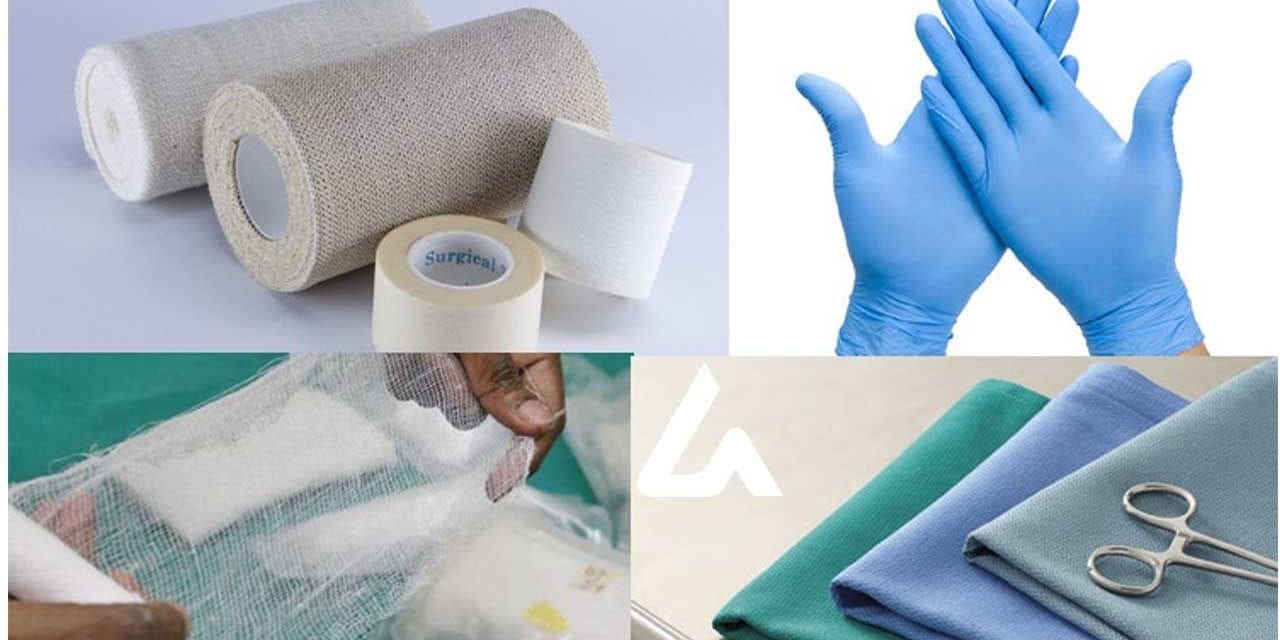This report also provides a comprehensive analysis of the companies listed below:
Kimberly-Clark Corporation (US), Berry Global Group Inc. (US), Freudenberg Group (Germany), Ahlstrom Munksjo OYJ (Finland), Asahi Kasei Corporation (Switzerland), Knoll Inc. (US), Eximus Corporation (India), Paramount Tech Fab Industries (India), Carnegie Fabrics LLC (US), Avgol Industries 1953 Ltd. (Israel), among others.
Non-woven is estimated to be the largest fabric type of the healthcare fabrics market during the forecast period.
Non-woven fabric is estimated to have accounted for the largest share of the healthcare fabrics market in 2019. Non-woven fabrics are innovative, versatile, and indispensable. These fabrics are commonly characterized by their manufacturing process, which includes dry laid, wet laid, spunmelt, and others. Different processes are used to manufacture products with desired characteristics. Non-woven fabrics are used in various non-woven fabrics ranging from baby diapers to adult incontinence products.
Europe is estimated to be the largest market for healthcare fabrics during the forecast period.
Europe is the largest market for healthcare fabrics, followed by APAC and North America. The growth of the healthcare fabrics market in Europe is supported by growing consumer awareness about hygienic and healthier products and expansion of the healthcare industry because of rising aging population. The market in Europe will also be supported by the continuous growth of the technical textiles industry and the rising demand for high-quality commodity products. According to the European Commission, Europe is one of the leaders in textile and clothing and represents more than 30% of the overall textiles market.
Related Reports :
Nanofiber Market by Product Type (Carbon Nanofiber, Composite Nanofiber, Metal and Metal Oxide Nanofiber, Polymeric Nanofiber, Carbohydrate based Nanofiber and Ceramic Nanofiber), Application (Water and Air Filtration, Automotive and Transportation, Textiles, Medical, Electronics, Energy Storage, and Other), and Region – Global Forecast to 2030
Carbon Fiber Construction Market by Raw Materials (Pan-based Carbon Fiber, Pitch-based Carbon Fiber), Fiber Type (Virgin Carbon Fiber, Recycled Carbon Fiber), Product Type (Continuous Carbon Fiber, Long Carbon Fiber, Short Carbon Fiber), Application (Residential, Commercial, Bridge, Water Structure, Oil & Natural Gas Pipeline, Industrial Structure, and Others), Region – Forecast to 2027
Coated Fiber Market by Material (Aluminum, Copper, Nickel, and Others), Coating Method (Freezing Method, Electroplating, Electroless Plating, and Others), End-Use Industry (Oil & Gas, Defense & Aerospace, Medical, Telecommunication & Data Centers, Research & Development, and Others), and Region (Asia Pacific, North America, Europe, Middle East & Africa and Latin America) – Global Forecast to 2027

